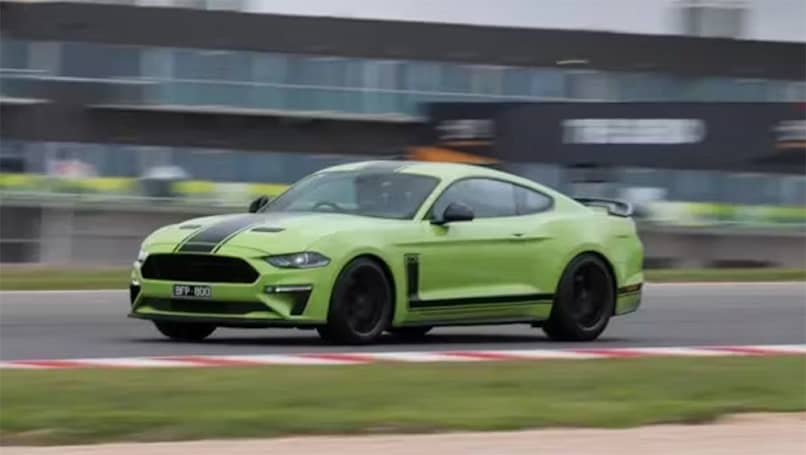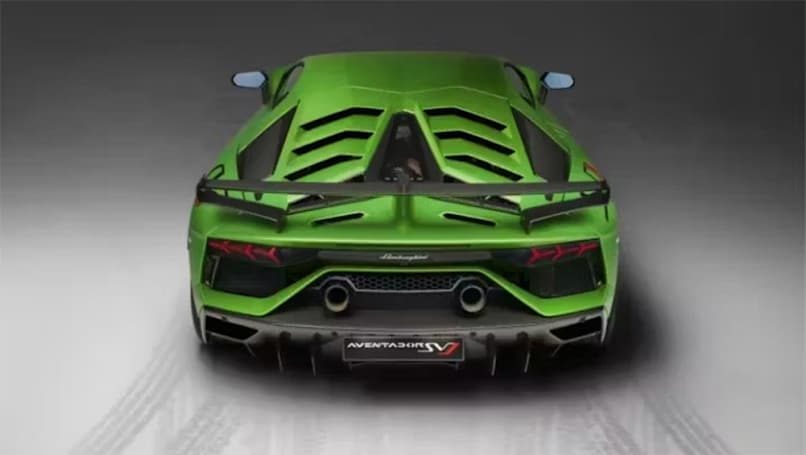
Holden class action! Holden Commodore, Colorado, Trailblazer, Caprice and more swept up in alleged faulty automatic transmission saga
Law firm Maurice Blackburn has launched a class action lawsuit against General...
Browse over 9,000 car reviews

South Australia will become one of the only places in the world where a specific licence is required to drive certain high-powered vehicles by the end of this year.
The reason behind it makes sense and the South Australian government had to do something.
In 2019, 15-year-old Sophia Naismith was struck by a Lamborghini Huracan after the 35-year-old driver allegedly lost control of the vehicle while changing gear and mounted the footpath.
In response to the tragedy the South Australian government is introducing a new U Class licence, or Ultra High Powered Vehicle (UHPV) licence, effective from December 1 this year.
It should go without saying that no one should be at risk of being hit by a car when walking along a footpath, but if I was concerned about the abilities of those driving powerful cars I’m not too sure if the SA Government’s approach is quite enough.
A little about the licence itself: applying to vehicles with a power-to-weight ratio of more than 276kW per tonne, the process to acquire the U Class licence is a roughly 45-minute-long online test that can be taken by South Australian full-licence holders.
The South Australian government’s MyLicence website, which looks right outta 2008, says the test will cover “how to safely operate a UHPV”, “the risks associated with driving a UHPV” and “about vehicle features such as Electronic Stability Control, Automated Emergency Braking and other automated intervention systems”.
Oh, and you can take the test as many times as you like until you pass at no extra cost within a 12-month period.
I can guess where some of the thought behind this has come from: with great horsepower comes great responsibility.

It makes sense on the surface, but the solution doesn’t seem to address the other main problem. The horsepower of a car doesn’t always come into play in emergency situations, and being responsible behind the wheel isn’t always going to prevent an emergency situation.
The test addressing some of the risks of driving powerful cars is a good step, it doesn’t negate the fact that spending about 45 minutes (and $61) in front of the computer isn’t going to stop anyone from doing anything dumb in a supercar. It’s certainly not going to give drivers the skills needed to avoid or manage unintended dangerous situations.
The fact it’s only aimed at a relatively small subset of cars is also an issue, the definition of a UHPV being quite narrow according to the SA Government.
“A UHPV is any vehicle, other than a bus, motor bike or motor trike, with a gross vehicle mass of up to 4.5 tonnes, that has a power to weight ratio of 276 kilowatts per tonne or more.”
That covers supercars and hypercars, such as most Ferraris or Lamborghinis, some lightweight sports cars such as certain Lotus models and even particular variants of some modified muscle cars like the Ford Mustang.
It doesn’t cover so many other cars on the road in far more significant numbers that require care in certain conditions. Anyone who hasn’t driven a rear-wheel drive V8-powered car and went out and bought a Ford Mustang when they first showed up in Australia might have been in for a surprise the first time they drove it in the rain.
The HSV GTSR W1 is a 474kW supercharged V8 beast putting all that power through two semi-slick Pirelli Trofeo R tyres that need to be warmed up and perform best in dry conditions. Its power-to-weight ratio is about 250kW per tonne.
Even a hot hatch with something just north of 200kW or a cheap rear-drive sports car such as the Toyota GR86 or Mazda MX-5 can do plenty of damage if mishandled. I’ve driven past some pretty gnarly crashes involving dual-cab utes and popular SUVs.
Reminding drivers of the dangers associated with making reckless decisions is one thing, but changing the culture of Australian driving is another.
I’m not going to bring the usual suggestions of ‘look at Germany’s licence process!’ or ‘we should make it harder and more expensive to get a licence’. That doesn’t work in a country like Australia where not everyone has the second option of public transport and charging more for something people might need for their livelihood is a classist policy.

If we want to make Australian roads safer, some kind of (subsidised, one would hope) mandatory practical defensive or advanced driving is the clear answer. South Australia had the potential to trial this for owners of high-powered cars who already have the means to afford extra driver training.
Plenty of motoring journalists have undertaken some kind of advanced driver training course, myself included, and come away with a new appreciation for controlling a car and safely avoiding danger in numerous situations.
Most people don’t get to find out what that’s like until it’s happening on the road. A situation when someone’s life is in danger is a pretty inconvenient time for a lesson in car control.
I can see what the South Australian government is trying to do - a practical test to keep things front of mind is a good start - but the government’s own websites don’t even recommend practical training or experience.
“Do I need to pass a practical driving test to get a UHPV licence?” the website’s FAQ section asks. “No, a practical (on-road) driving assessment is not required.”
A 45-minute reminder about what reckless driving can lead to is a good starting point, but answering A, B, C or D on the multiple-choice quiz isn’t going to help when you’re trying to stop your Ferrari getting sideways to avoid a collision.
Comments